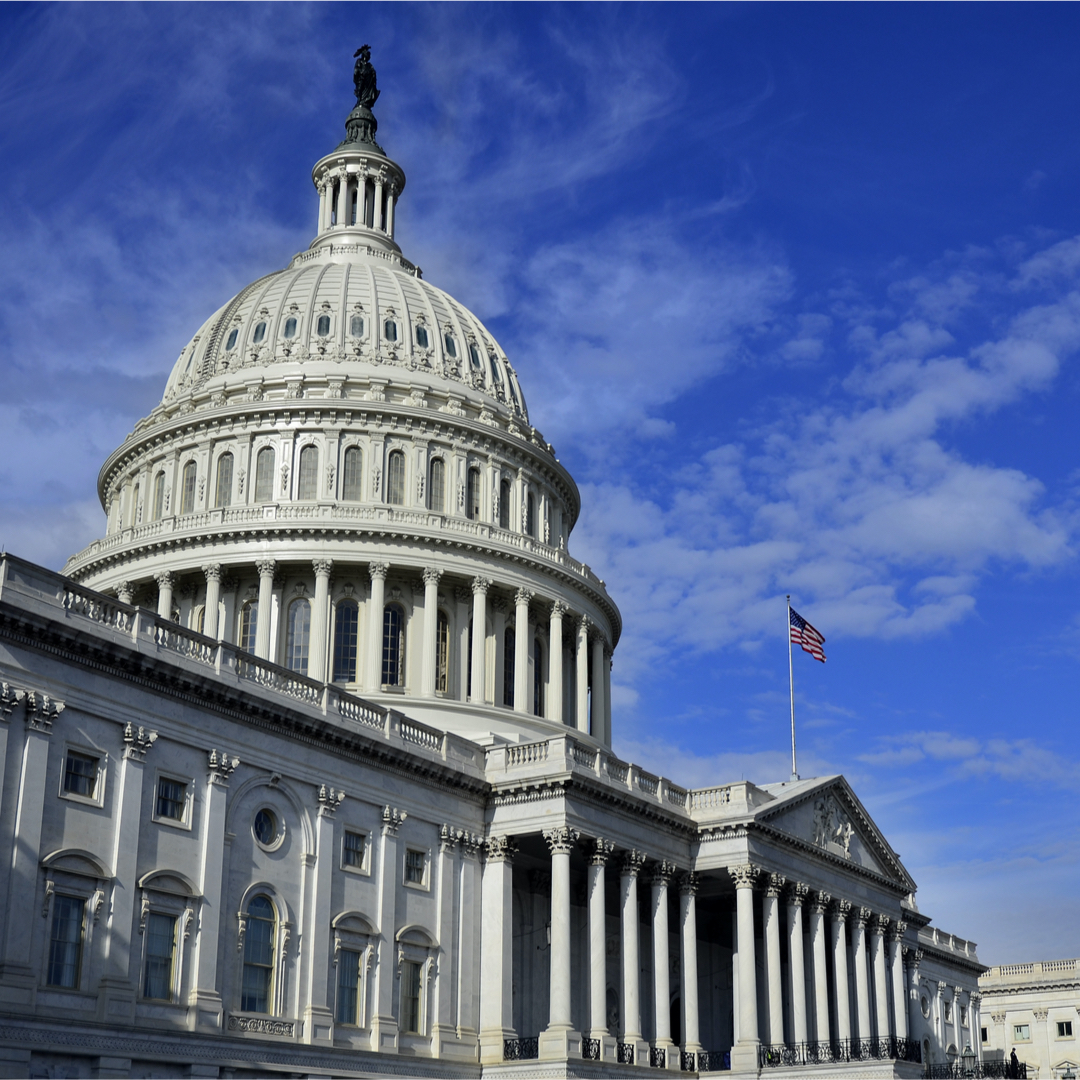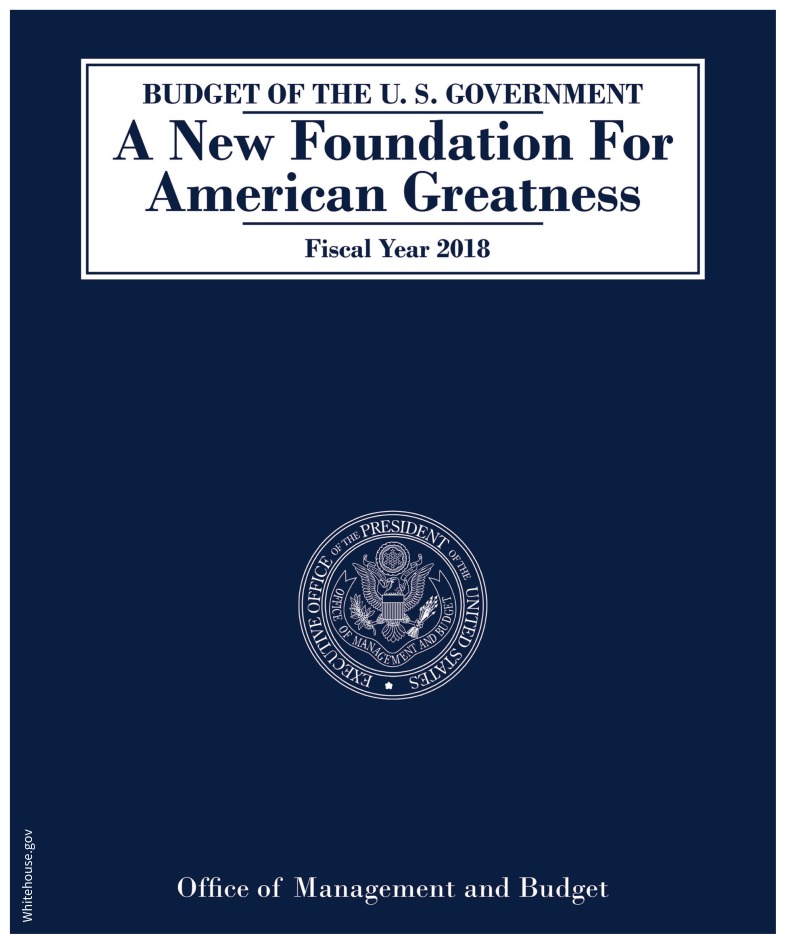Why Public R&D Cuts Are a Boardroom Emergency
Senior executives face a stark reality: proposed 2026 budget cuts of –40% at the NIH and –57% at the NSF threaten to slow industry‐wide productivity growth by 15–25% within a decade, potentially eroding $150–$200 billion in combined revenues across pharma, tech, and manufacturing sectors. In an era where every basis point of margin counts, business leaders must act now to protect long-term growth and shareholder value.
Translating Federal Science into Corporate Value
Government-funded R&D historically generates ~$5 in GDP for every $1 invested (Jones & Summers, 2023). Public research underpins 20–25% of private‐sector total factor productivity gains since WWII (Fieldhouse & Mertens, 2024) and fuels breakthroughs in materials, biotech, AI, and advanced manufacturing. With federal science budgets set to fall below 0.6% of GDP—its lowest level in 40 years—firms must fill the gap to sustain innovation pipelines.

Two Real-World Case Studies
Pharma Partnership: University Biotech Consortium
- Who: Mid-sized specialty pharma firm (annual revenue $2 billion).
- What: $30 million/year commitment to a five-university consortium focused on synthetic biology.
- When: Launched Q1 2024, with milestone reviews every 12 months.
- Why: To replace lost NIH immunology grants; secure first‐look IP options on preliminary antibody platforms.
- Expected Outcome: 3 patent filings by 2027; candidate molecule ready for Phase I trials in 2028; projected ROI of 1.5× over 7 years.
Tech & Manufacturing: Deep-Tech Mergers & Acquisitions
- Who: Global industrial automation leader (2023 revenue $8 billion).
- What: $80 million acquisition of a quantum computing startup, structured as an earn-out JV with a national lab.
- When: Deal closed mid-2023; prototype expected by Q4 2025.
- Why: To offset NSF funding cuts in quantum and edge‐computing research; secure talent pipeline (10 postdocs hired).
- Expected Outcome: 20% reduction in compute costs by 2027; $20 million/yr in incremental margins by year 5; enhanced IP portfolio valued at $120 million.
Actionable Framework: From Insight to Investment
Business leaders can turn public-R&D headwinds into strategic advantage. Below is a concise modeling template to embed in 5–10 year financial plans, followed by priority action items.
Modeling Template: Baseline vs. Downside Productivity Scenarios
- Baseline Productivity Growth: 1.5% CAGR (reflecting historical public R&D tailwinds).
- Downside Productivity Growth: 1.0% CAGR (post-cut scenario, –33% relative drop).
- Key Assumptions:
- Cost of Capital: 8.5%
- R&D-to-Revenue Ratio: 7% baseline, +1% incremental pre-competitive spend
- Margin Impact: every 0.1% change in productivity yields ±5 bp EBITDA margin shift
- Sample Sensitivity:
- If pre-competitive R&D spend increases by 20%, adverse margin impact reduces from –150 bp to –50 bp over 5 years.
- Each additional $10 million in university partnerships accelerates IP filings by 1.2x.
- Forecast Outputs:
- Revenue at year 5: Baseline $10 billion vs. Downside $9.7 billion.
- EBITDA Margin: Baseline 22% vs. Downside 20.5% without mitigation.
- Adjusted ROI on strategic R&D: 1.3×–1.8× over 7 years.
Priority Action Items for Business Leaders
- Embed the above modeling template in annual financial planning cycles; revise quarterly as grant landscapes shift.
- Allocate 5–10% of R&D budget to pre-competitive partnerships: formalize sponsored research agreements with top 10 universities.
- Build a “science pipeline” M&A lens: track early-stage labs, structure option deals and JVs, and integrate IP roadmaps.
- Maintain a real-time grant and policy watchlist: co-invest alongside remaining NIH/NSF programs, leverage R&D tax credits and state incentives.
- Optimize site strategies: co-locate talent hubs near national labs in Boston, Austin, and the Bay Area; invest in shared facilities to reduce capex by 15%.
- Secure future talent: fund 20+ industrial PhDs, postdoc residencies, and fellowships in priority domains (materials, biotech, AI) over the next 3 years.
- Form or join industry coalitions to pool pre-competitive spend, co-define standards, and share IP—target a $50 million minimum pooled budget.
As Dr. Elena Ramirez, Chief Innovation Officer at AxisBio Pharma, observes: “Replacing lost NIH funding with strategic university partnerships saved us an estimated $45 million in time-to-market delays and added three breakthrough compounds to our pipeline.”

These measures not only mitigate the risk of public-R&D contraction but also unlock proprietary competitive advantages. Contact our R&D Strategy team today to tailor a roadmap that safeguards your innovation pipeline and accelerates sustainable growth.

Sources: Benjamin Jones & Lawrence Summers (2023), Fieldhouse & Mertens (2024), MIT Technology Review (2024)
Leave a Reply